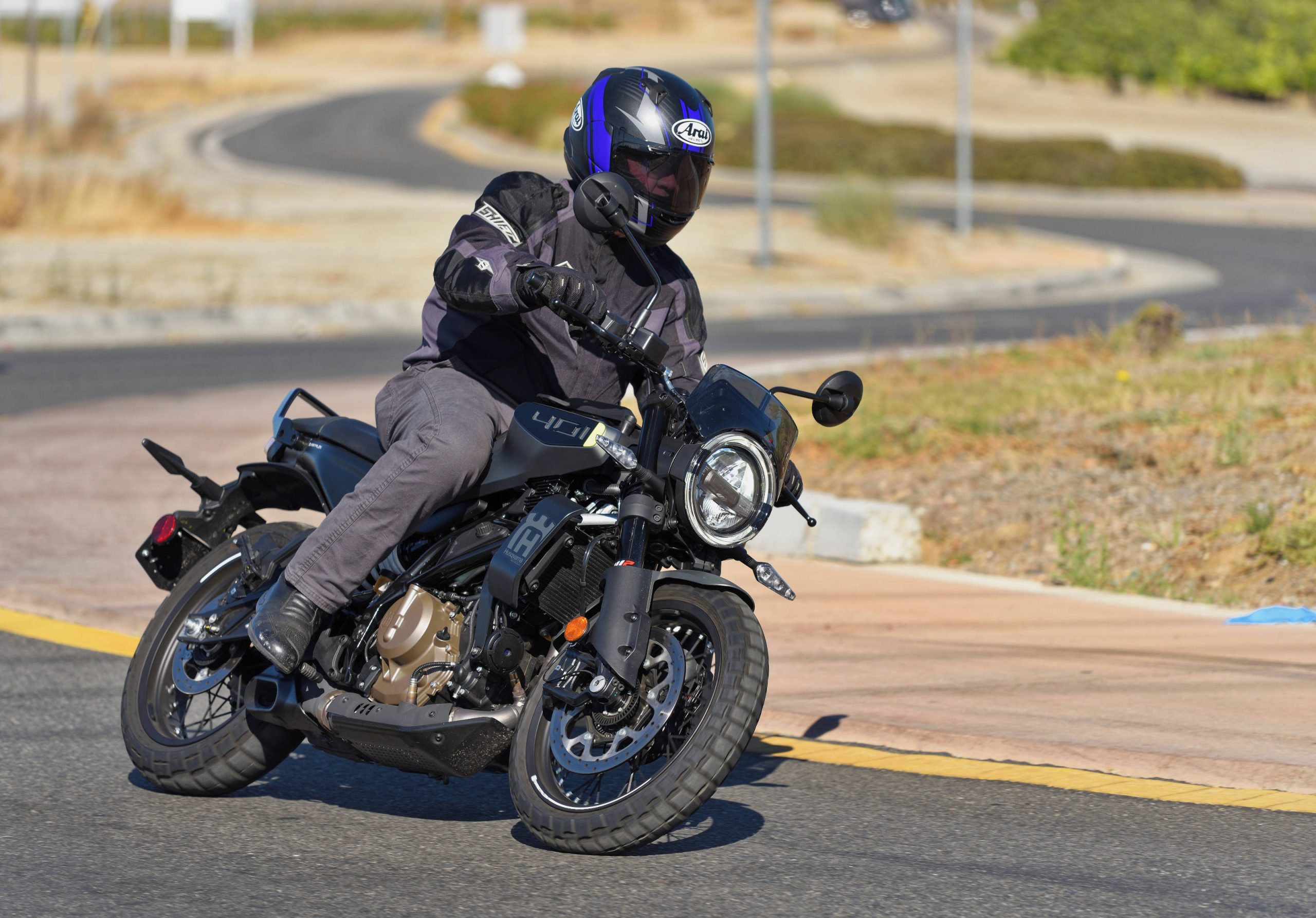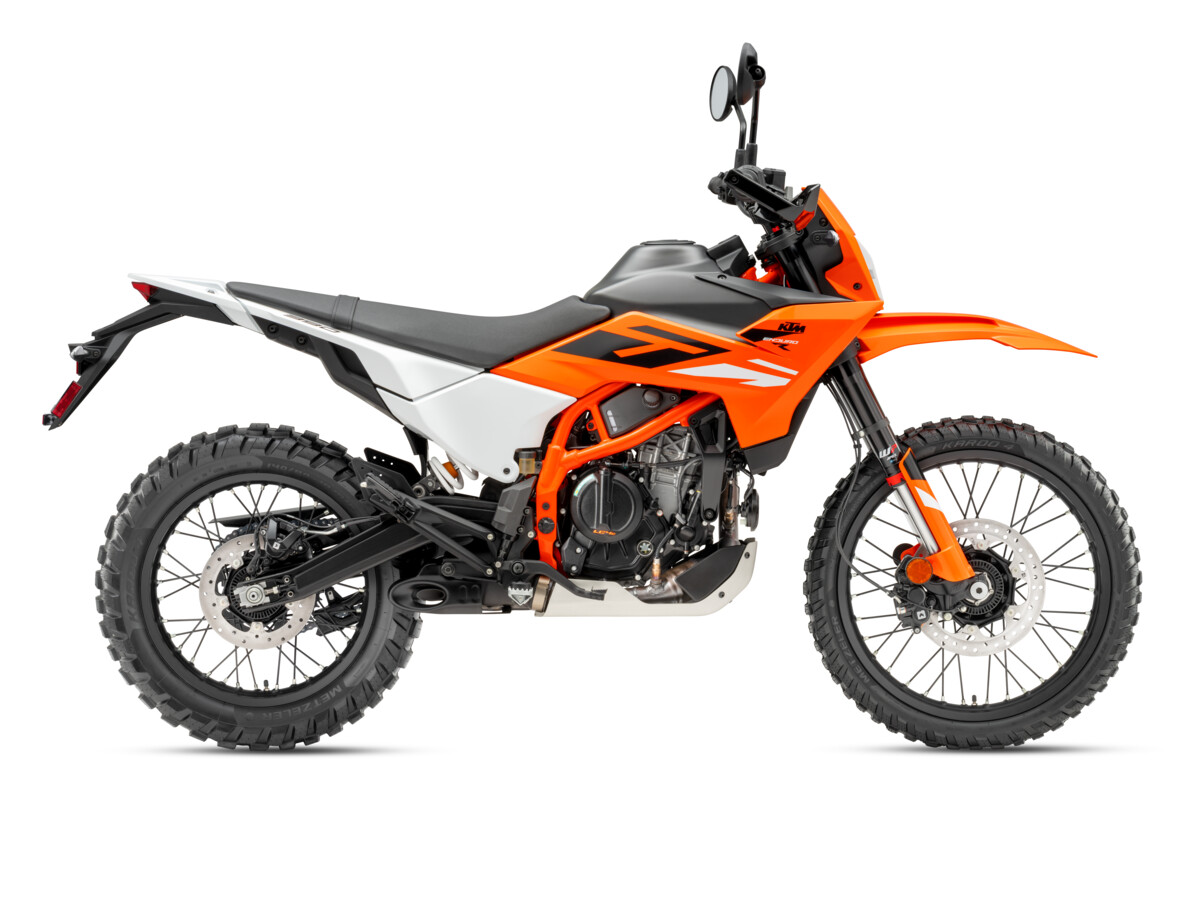

On a cool Monday morning on Sept. 13, 1948, Rollie Free lifted from Harley Davidson the US national motorcycle speed record by riding the first Vincent HRD Black Lightning racing motorcycle to a speed of 150.313 m.p.h. When Rollie’s leathers tore from early runs at 147 mph, he discarded them and made a final, heroic attempt without jacket, pants, gloves, boots or helmet. Aboard the motorcycle owned by the California sportsman, John Edgar, this final run resulted in the most famous photograph in motorcycling, the “bathing suit bike” shot taken from a speeding car on the Bonneville Salt Flats in Utah. Rollie lay flat out on the motorcycle wearing only a speedo bathing suit, shower cap and a pair of borrowed sneakers. The AMA certified Free’s record. Special features included the first-ever Vincent use of a rear shock absorber, the first Mk II racing cams and horizontally mounted racing carbs.
It all started with a dream . . .

After being shot down over Germany in 1917, Howard Raymond Davies, a young British flying officer, occupied the uncertain time as a P.O.W. by dreaming about building the perfect motorcycle. In 1924, Davies and his partner E. J. Massey began building the H.R.D. These stylish, JAP (J.A. Prestwitch Co.) – powered machines were advanced for their era and set the standard for motorcycles throughout the 1930’s. The motorcycle won the famous Isle Of Man TT in 1925, setting a speed record of 66.13 mph.

While Davies pursued his ambition, a schoolboy named Philip Vincent, was also dreaming about making his own motorcycle. Vincent left Cambridge University and took the first step in fulfilling his dream in 1928 and, with backing from his family and their cattle ranching business, acquired the trademark, goodwill and a few remaining HRD component parts for £500. The company was promptly named Vincent HRD Co., Ltd., and the logo appeared with Vincent in very small letters over the top of the bold HRD. While competing for sales in the U.S. market in 1949, the ‘HRD’ portion of the logo was dropped to prevent identity confusion with Harley-Davidson.

An engineer by the name of Phil Irving joined Vincent as chief engineer in 1931. The first Vincent HRD twin, given the name Rapide, was introduced in October 1936. It incorporated motorcycling’s first fully suspended rear frame. Utilizing a triangular rear frame with springing under the seat, this feature was used on all Vincents produced from 1936 through 1955. In addition, Vincents bristled with innovations such as foot shift, 4-speed gearboxes and side stands. The 998cc, air-cooled V-Twin produced 45hp and achieved a top speed of 110 miles per hour. The Series A Rapide sold for around $600 and was the inspiration for the post-war big-twins. In its time, it had no peers. Phil Irving departed Vincent to work at Velocette in 1937, only to return to Vincent in 1943 to start plans for the Series A successor.

After WW II, Vincent HRD offered the Series B Rapide, a 998cc V-twin. The Series B was a dramatically new motorcycle, shattering engineering concepts with its frameless or “monocoque” design. The front and rear suspension bolted directly to the oil tank which was concealed by an all-encompassing gas tank. Gone were all the external oil pipes that had caused Vincent engines to be dubbed by some “The Plumbers Nightmare.” Being suspended from the oil tank, the engine appeared, by conventional standards, to be hanging in mid-air. Screen oil and gas filters were a first, and all control levers were fully adjustable.
The Series B introduction greatly added to the Vincent’s reputation and popularity. Twin carburetors and unusual exhaust-forward rear cylinder V-twin, gave Vincent-HRD an exciting, new identity among motorcycle manufacturers, one that did not go unnoticed in America.


The famous Black Shadow first built in 1948, was easily recognized by the all black finish of the engine and gearbox and the big 5-inch, 150 mph Smith speedometer. It could cruise at 100 mph per hour, and would top out at 125 mph. Based on the Rapide, internal engine components were polished and the gearshift mechanism was lightened.
It was with the introduction in 1948 of the fully race-prepared Vincent Black Lightning that Vincent emerged as the most legendary motorcycle of its time. The Black Lightning fired the imagination of motorcyclists the world over and was known as ‘The World’s Fastest Standard Motorcycle’, a claim it could have made well into the seventies, nearly twenty years after it ceased production

The Vincent Black Lightning was available as a custom order machine only and sold for around $1,500. Besides the absence of street equipment, various chassis features set the Lightning apart from other street bikes. Magnesium alloy components, racing tires mounted to light alloy rims, rear-set foot controls, a light weight solo seat and aluminum fenders all helped trim the Lightning’s weight to 380 lb compared to the Shadow’s 458 lb. Engine specifications varied, but were always based on selection and careful modification of standard parts along with fitting of higher performance equipment. Engine performance was rated at 70hp and the Black Lightning could reach 150 mph. Record has it that only 31 Black Lightnings were built, but in the hands of racers around the world, the Black Lightning did much to enhance the Vincent’s growing performance legend.
In the face of heavy financial losses, and an unwillingness to compromise quality, Phil Vincent announced during a Vincent Owner’s Club dinner that the company would no longer manufacture motorcycles. In the summer of 1955, the board of Vincent had decided production would cease almost immediately and it was decided to discontinue the complete range of Vincent motorcycles. The week before Christmas, 1955 the last of these ingenious machines came off the production line and was labeled “The Last.” Phil Vincent promised that parts for his motorcycles would always be available. To this day, parts are made and sold worldwide by Harper Engineering, who bought the company out of receivership.
The gallant V-Twin is far from forgotten. It is back, as a matter of fact.
Enter Bernard Li, an entrepreneur with over 20 years of experience in the automotive industry, who acquired the Vincent trademark in 1994 and is the president of Vincent Motors, which is based in San Diego. A design and engineering team has given form to Mr. Li’s idea of the modern Vincent and with the help of Roush Industries, four running prototypes were unveiled at his house in Ranch Santa Fe in early October. With a styling blend giving a nod to the early days of the Vincent, form is uniquely combined with modern design and components. Carbon fiber gas tank, fenders, fairing and chain guard, LCD instrumentation, USD forks, a cantilever-style monoshock rear suspension with multi-adjustable shock and Brembo brakes all say that the new Vincent is ready for the modern world. A black, round tube, triangulated frame holds not only the motor, but the oil as well.

Now, about the motor. It is easy to tell that it isn’t an original Vincent motor, or even a knock-off of a Vincent motor. Nor is it a homemade special. This v-twin motor comes straight from Honda, a significant element in this motorcycle’s makeup. Honda typically is not a company to piecemeal its motorcycle parts out to startup companies. The last time this happened was when Mondial recently produced a sportbike and needed a motor. Honda agreed to supply the motor, remembering when Mondial did the same for Soichiro Honda when he was getting his start with the two-wheelers. Apparently, Vincent, and Mr Li, have no such history with Honda, and that makes this partnership all the more unusual and speaks well of the project as a whole.

Design of the bike is not yet final. More prototypes are being created and tested since the unveiling of the first prototypes. Use of computer aided design will speed the process, which is set as a two year phase before production begins. Mr. Li is not concerned over sales wars with Harley Davidson, Indian, or any of the Big Four. His only concern is to produce a modern performer that carries the spirit of the original Vincent motorcycle. We offer our best wishes for success in this endeavor. For more information about the new Vincent, Vincent merchandise and a design contest, visit the Vincent Motors website.





